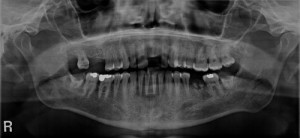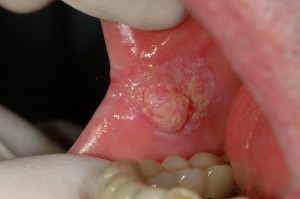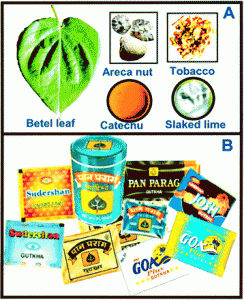Continued from Part 4
What are the principles of treatment for oral cancer?
Individuals with oral cancer often present too late for cure and some may not benefit from treatment. Three treatment options are possible:
- Attempted cure
- Active palliative care
- Supportive care only pending death
If cure is attempted, the highest chances of success are given by multimodality treatment – a combination of surgery, radiotherapy, and more rarely, chemotherapy. The most aggressive treatment that the individual is able to withstand will be recommended because if the first round of treatment fails, the chances of survival are much reduced. Continue reading




